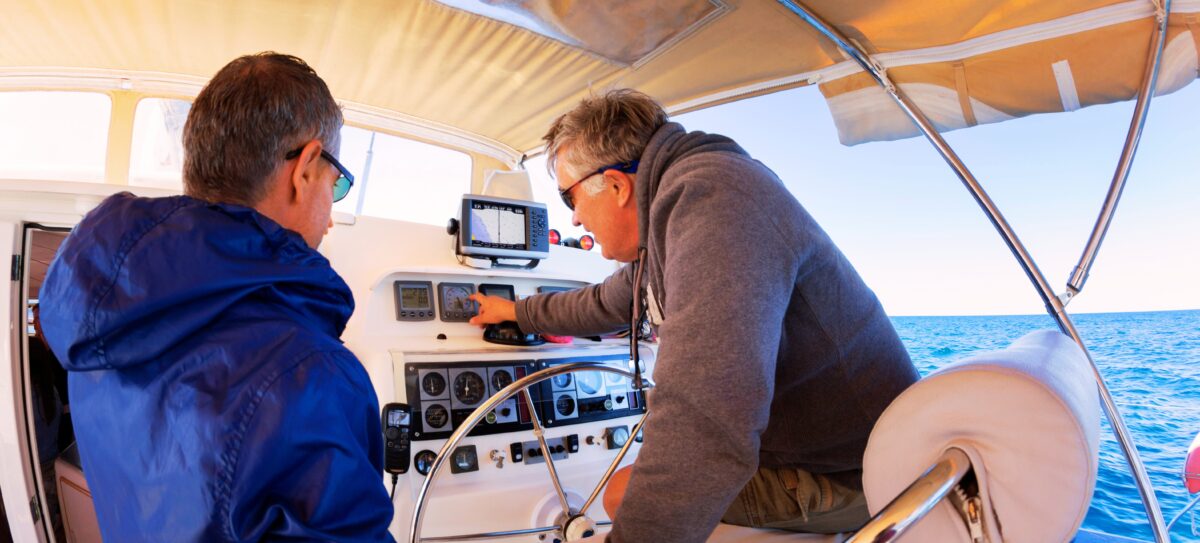
Sailing Technology: Innovations Changing the Future of Sailing
The world of sailing is experiencing a technological revolution.
Innovations are transforming how you navigate, power your vessels, and interact with the marine environment. These advancements enhance the safety and efficiency of sailing and contribute to a more sustainable and eco-friendly approach to this beloved pastime.
Advanced Navigation Tools
Modern GPS systems, chart plotters, and electronic maps provide sailors with highly accurate and real-time data, making navigation easier and safer than before.
- Integrated Navigation Systems: Combine GPS, radar, sonar, and AIS (Automatic Identification System) to provide a comprehensive view of your surroundings, allowing for precise route planning, collision avoidance, and real-time tracking of other vessels.
- Augmented Reality (AR): AR technology is used to overlay critical navigational information onto real-world views. This innovation helps sailors visualize their routes, identify hazards, and navigate complex environments with enhanced situational awareness.
Eco-Friendly Engines
The sailing industry is embracing eco-friendly technologies to reduce its carbon footprint. Innovations in engine design and alternative energy sources are at the forefront of this green revolution.
- Electric and Hybrid Propulsion: Electric and hybrid engines offer several advantages, including reduced emissions, lower noise levels, and improved fuel efficiency. Companies like Torqeedo and Oceanvolt lead the way with powerful, reliable electric propulsion systems.
- Solar and Wind Power: Solar panels and wind turbines can generate electricity to power onboard systems and even contribute to propulsion. These technologies reduce reliance on fossil fuels and promote a quieter and serene sailing experience.
Smart Sailing Systems
From automated systems to remote monitoring, these innovations enhance convenience, safety, and performance.
- Autopilot Systems: Modern autopilot systems are highly advanced and capable of maintaining course with precision in various sea conditions. These systems can be integrated with other navigation tools to optimize route planning and fuel efficiency.
- Smart Sensors: Smart sensors monitor various aspects of the vessel’s performance, including engine health, battery levels, and hull integrity. This data can be accessed remotely allowing sailors to keep an eye on their boat’s condition even when they are not on board.
- Artificial Intelligence (AI): AI is used to analyse vast amounts of navigational and environmental data, providing sailors with insights and recommendations to enhance decision-making. AI-powered systems can predict weather patterns, optimise sailing routes, and even assist in sail trimming for optimal performance.
Advanced Materials and Hull Designs
Innovations in materials science and hull design contribute to lighter, stronger, and more efficient sailing vessels and enhance performance, durability, and safety.
- Composite Materials: Carbon fibre and fibreglass, have revolutionized boat building. These materials are strong yet lightweight, improving speed and fuel efficiency while maintaining structural integrity.
- Hydrofoils: Hydrofoils lift the hull above the water’s surface, reducing drag and allowing for higher speeds. This technology once limited to high-performance racing boats, is now being integrated into cruising vessels, offering a smoother and faster sailing experience.
- Self-Healing Materials: Researchers are developing materials that repair themselves after sustaining damage. These self-healing materials could significantly extend the lifespan of sailing vessels and reduce maintenance costs.
Connectivity and Communication
Staying connected while at sea is crucial for safety and convenience. Advances in communication technology ensure that sailors can remain in touch with the shore and access critical information regardless of location.
- Satellite Internet: High-speed satellite internet allows sailors to stay connected even in remote areas. This connectivity is essential for accessing weather updates, navigation information, and staying in touch with family and friends.
- Marine VHF Radio with AIS: Modern marine VHF radios integrated with AIS provide real-time information about nearby vessels, enhancing safety and communication. These radios are vital for coordinating with other boats and accessing emergency services.
The future of sailing is shaped by remarkable technological advancements that enhance safety, efficiency, and sustainability. From advanced navigation tools and eco-friendly engines to smart systems and innovative materials, these technologies are transforming the sailing experience.
As these innovations continue to evolve, sailors can look forward to a future where sailing is not only more accessible and enjoyable but also more in harmony with the environment. Embracing these advancements ensures that the timeless allure of the sea is preserved for generations to come.
